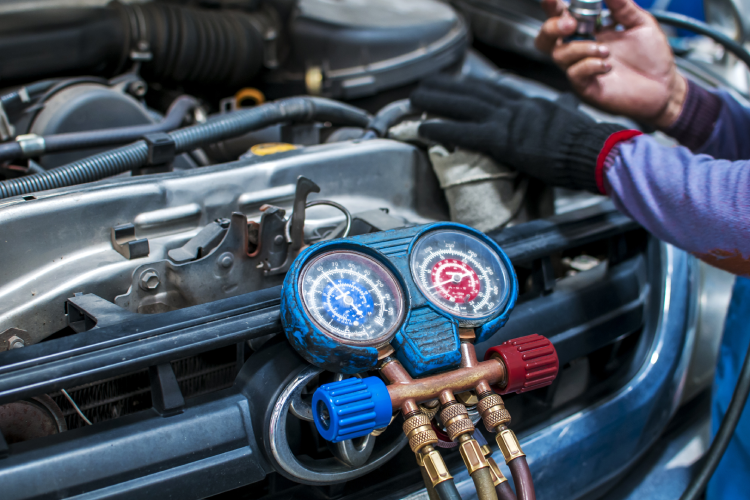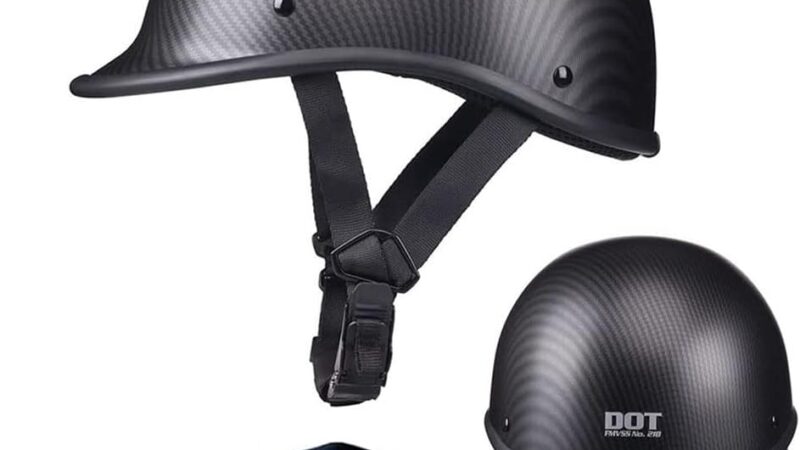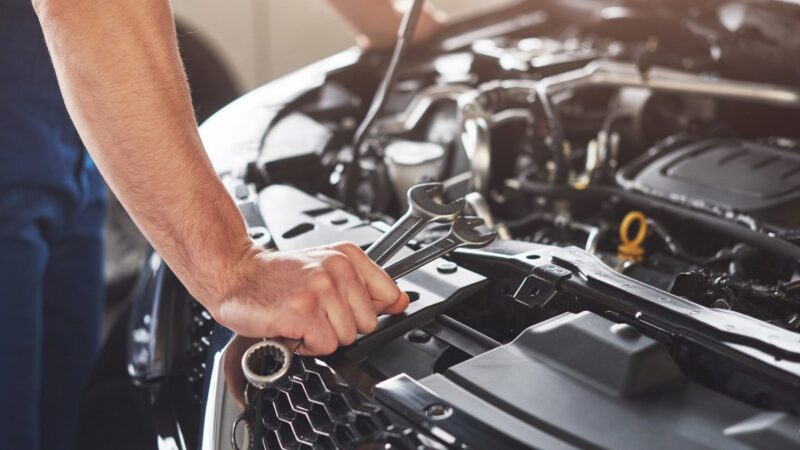What’s Really Going on When Your Air Conditioning Fails?

Summer’s here, and so’s the danger of a broken air conditioner. Whether you’re melting at home or sweating in traffic, a failing AC can ruin your day fast. But what’s going wrong beneath the cold breeze you once counted on? Buckle up—we’re diving into the hidden causes behind AC breakdowns and how to stay chill all season long.
Air conditioning is a modern marvel—until it stops working. Suddenly, that cool relief turns into a nightmare of sweltering heat. It might be a simple fix or a sign of a deeper issue. In either case, knowing what’s happening under the hood can save time, money, and comfort.
Whether it’s your home system or your car’s cooling unit, understanding the common reasons for failure empowers you to take action quickly. From clogged filters and refrigerant leaks to failing components, each problem has a story. Plus, it’s not just about reactive repairs—you’ll learn how to avoid breakdowns in the first place. And if you’re wondering whether it’s worth taking your vehicle in for a car air conditioning service, this guide will help you make an informed decision.
1. Why Air Conditioners Quit: The Usual Suspects
Clogged Filters and Restricted Airflow
A dirty air filter is like breathing through a straw. Dust and debris block airflow, forcing your AC to work harder. That means higher energy bills, reduced cooling, and increased wear on parts. According to energy studies, replacing clogged filters can lower energy use by up to 15%.
Actionable tip: Check filters monthly during peak use and replace or clean them every 1–3 months.
Refrigerant Leaks
The refrigerant is the lifeblood of your AC—it makes cooling possible. If it leaks, your system struggles to cool at all. Leaks can stem from corrosion, improper installation, or damage.
Signs to watch for: Unusual hissing noises, frost buildup on your coils, or warm air blowing from your vents.
Actionable tip: Schedule a professional repair if you suspect a leak; do not recharge refrigerant yourself due to environmental risks and potential damage.
Faulty Condenser or Evaporator Coils
Coils transfer heat in and out of your home, and when they get dirty or corroded, efficiency plummets. In extreme cases, coils can crack, leading to refrigerant loss and system failure.
Actionable tip: During routine checkups, ask the technician to inspect and clean coil surfaces.
2. Mechanical and Electrical Failures
Worn-Out Compressor
The compressor is the heart of your AC. It pumps refrigerant through the system. Over time, it can fail due to wear, overheating, or electrical issues.
Common signs: Loud grinding noises, frequent on/off cycling, or the unit not functioning at all.
Actionable tip: If the compressor fails, repair is costly. Consider whether upgrading to a more energy-efficient unit makes long-term sense.
Faulty Fan Motor or Blower
Fans circulate cool air. If they stop working, you may have power but no airflow. Motors can burn out, or belts may break.
Actionable tip: Listen for unusual sounds, such as rattling or squealing. During air conditioning maintenance, ensure motors and belts are inspected and lubricated.
Electrical Control Failure
Modern AC systems rely on circuit boards to regulate temperature, timing, and safety features. A small voltage spike or a damaged wire can cause the system to go offline.
Actionable tip: Call a professional to test and replace faulty electrical parts. Never attempt electrical repairs yourself unless you are properly trained.
3. Outdoor Unit Troubles
Debris Around the Condenser
Your outdoor unit should have clear space around it, with no leaves, grass, or clutter. Blocked airflow results in inefficient cooling and a potential system freeze-up.
Actionable tip: Keep at least two feet of clearance around the unit and trim nearby foliage regularly.
Dirty Fins
The metal fins on the outside of your unit help dissipate heat. When clogged with dirt or bent, heat transfer suffers.
Actionable tip: Gently clean fins with a soft brush or hose spray, and straighten bent fins using a fin comb.
4. Installation and Design Issues
Incorrect Sizing
A system that’s too small never cools properly. A system that’s too large turns on and off too quickly, causing humidity problems and wear.
Actionable tip: During installation, rely on professional sizing calculations—not just room size, but insulation, window placement, and local climate.
Poor Ductwork or Insulation
Cold air doesn’t matter if it leaks out of ducts or rests in poorly insulated spaces. You lose efficiency, comfort, and money.
Actionable tip: Inspect ducts for leaks or damage. Add insulation to reduce energy loss, and schedule periodic air conditioning maintenance to check duct integrity.
5. Preventive Care: Be Proactive, Stay Cool
Regular Tune-Ups
Annual professional tune-ups can catch minor issues before they spiral, maintaining system health and extending life.
Keep It Clean
Change filters, clear debris, and wipe coil surfaces regularly to maintain optimal performance. Stay observant of airflow and temperature changes.
Use a Programmable Thermostat
Smart temperature control reduces strain during peak hours. Schedule cooling cycles before you return home to stay comfortable and save energy.
Monitor Your Bills
Sharp rises in costs without a change are a sign that your system is inefficient. Investigate before the problem worsens.
6. When to Call the Pros
- You hear hissing or rumbling sounds.
- Rooms aren’t cooling evenly.
- High electricity bills come without a clear reason.
- The system needs frequent resets or cycles on/off constantly.
- Refrigerant levels are low or look icy.
For vehicles, it’s also smart to get periodic car air conditioning service. Certified mechanics can check refrigerant levels, examine hoses, and test your compressor—all while ensuring environmental safety and efficiency.
7. Choosing the Right Service Provider
- Look for certification: HVAC technicians with EPA certification (for refrigerants) and professional licenses offer peace of mind.
- Read reviews: Trustworthy providers are rated high on reliability, pricing, and professionalism.
- Ask about guarantees: Quality services often include parts and labor warranties.
- Get detailed quotes: Know what you’re paying for—labor, parts, refrigerant, and any cleanup fees.
Conclusion
A failed air conditioner isn’t just inconvenient—it signals deeper issues that can lead to higher costs over time. Whether it’s clogging, leaks, wear, or design flaws, each problem has a clear fix—if you discover it early.
The key to staying comfortable and cost-effective? Routine air conditioning maintenance, clean systems, and prompt professional help when warning signs appear. Don’t wait until you’re sweating—adopt preventive habits that pay off all season long.
By understanding your system, monitoring its behaviour, and seeking certified help when needed, you’ll keep the cool breeze alive. After all, staying comfortable shouldn’t require a meltdown.





